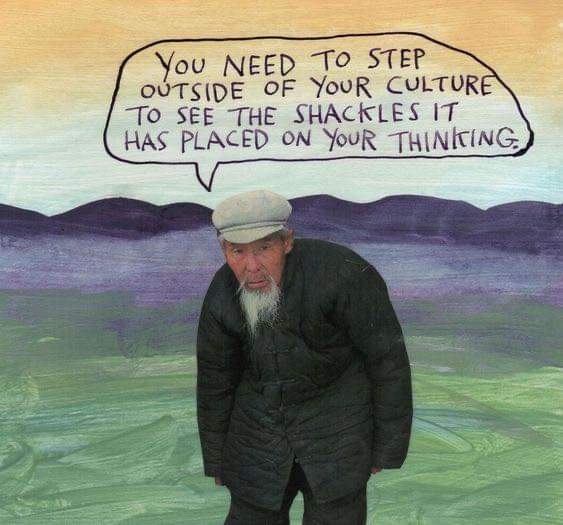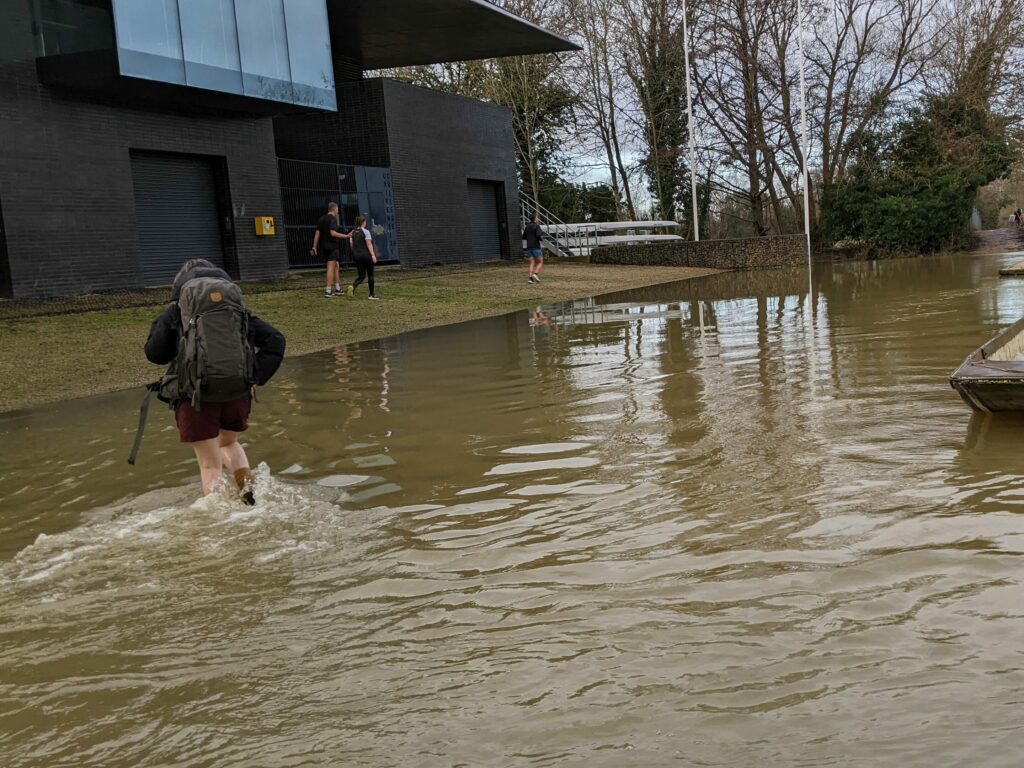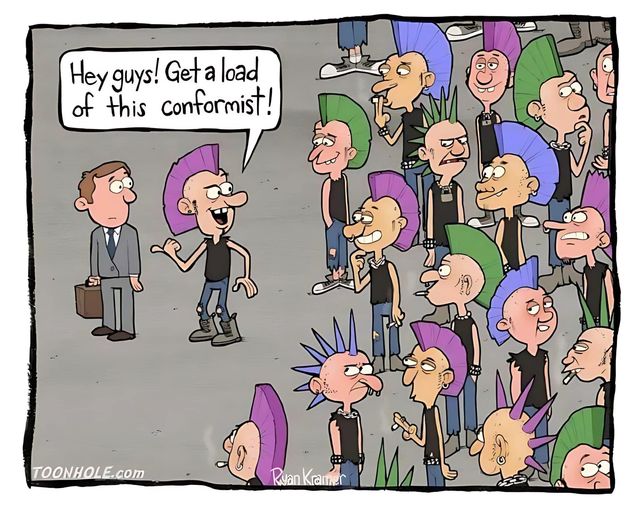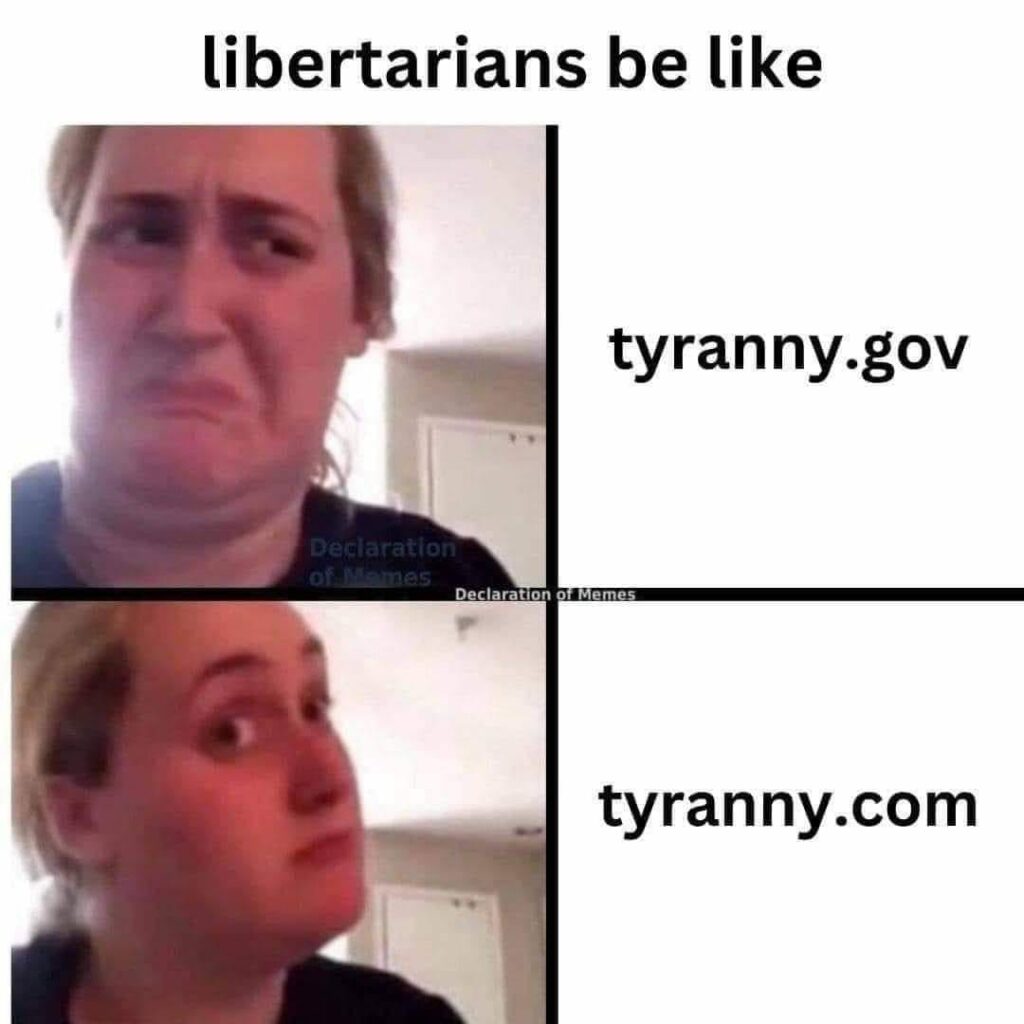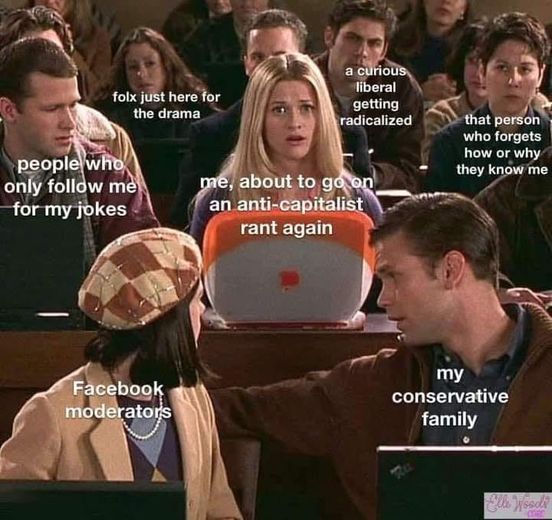
“A resource arrangement that works in practice can work in theory”
What exists already?
The is a pretty sorted #ActivityPub crew, then some organizing sites/forums, the yearly conference. MOST importantly some “kings”, “princes” a bit of a tech/influencer aristocracy who currently hold much of the “power”.
Where do we go from here?
On online “governing body” to be a VOICE for the #Fediverse – all done #4opens in social code:

For background on this https://en.wikipedia.org/wiki/Sortition
We have a yearly voting/consensus (online) body made up of “stakeholders”
Who are the bulk stakeholders-representatives:
- One voice one instance – if you run an instance you get a vote – put the URL in as long as it’s online last year your vote counts.
- The is then an equal/matching number of votes based on a “user” lottery – have to opt in by adding your account name. This is refreshed every year.
Then we have other more “affiliate” stakeholders that have to be “ratified” through the body
- Codebases – could be factored by installed based on instance registered above. Over a basic threshold and the body agrees.
- fedivers events – any group that regularly runs events gets a “stakeholder” vote based on them doing it last year. If the body agrees to this.
- fedivers support organizations get a vote if the body agrees to this.
- activitypub standards crew – get votes through all the rest and can have a vote as a founding fedivers org.
Groups and individuals could get more than one vote – which is fine.
This would give us
A representative “stakeholder” body that could accept proposals and make decisions.
How would the body work?
#techshit all ready has way to much LOOK at ME look AT me. I don’t like competitive elections as the shit float to the top
Let’s do a LOTTERY- from these “voters” that makes up the body a lottery decides 3-5 as #spokespeople then leave um to get on with it. There is a tick box to opt out of being in the “spokespeople” lottery, so you have too wont to do the extra work if you don’t want to, its opt out rather than opt in – this is important.
They have the power to speak for the body and thus the #fedivers and can make policy decisions on consensus minus one process. Or put policy directly to the body to be voted (majority vote) on by the stakeholders. (of course they would be subject to recall/impeachment if they fuckup too much, say proposal and 2/3 vote of the body)
Levels of “voice” anyone with an #activertpub account can put in a public proposal to be voted on by the stakeholders – if it jumps that hoop then it can be edited/pushed by an open group of stakeholders though a semiformal #4opens online process to jump to an agreement. Agreements are acted on by the “spokespeople” up to them to take these ideas forward? If non are interested better luck next year with your agender and new spokes people.
Q. what dose digital online Community “democracy” look like

If it does not have elephants running around throwing paper planes it’s likely the wrong structure.
NOTE: of course these alt-ideas have been tried in the offline world, and they generally DO NOT work. But this is no reason to go down the dead end of “liberal” foundation governances that also does not work. People are trying these ideas in Citizens’ assemblies so no issue not to try them online.
Lotteries take the “power” out of power politics… likely worth an experiment.
Compost and shovels are needed.
The power of the voice
- User proposals are excepted by anyone who has an activertypub account- just an idea – this can become a group.
- User groups – a part of the process, these come from ideas getting a level of support of the stakeholders.
- User agreements come out of groups these can then be enacted by the spokes people if they are interested.
- Spokes people can start groups to reach agreements and can enact agreements.
- Consensus of spokes people (-1) makes agreements body wide.
What are the risks:
* need basic security and checks – to see if an instance still exists and is real. If a member account is actively posting or a pulpit – all of this can be done with flagging some of them by code some by people – flags stuff goes to the “security group”
* Groups can be captured by agenders – being open to all stakeholder members mediates this – we solve swamping by having a dynamic short non-voting time based on the number of new members in the group.
* Bad group of spokes people, it’s a lottery, it’s up to the groups to influence and as a last resort “impeach” if one goes a new one is chosen by lottery.
* The actual number of spokes people are dynamic depending on the number of stakeholders but between 3-5 is likely a good number.
UPDATE
- The body is made up of stakeholder one for each instance – you wont a voice you run an instance and register it. This is clearly the voice of the #Fediverse as they are the people running it.
- This is then balanced dynamically by the same number of “users” who are interested in the process, they are chosen by lottery from the registered accounts. Your choice to register or not your account as a possable stakeholder.
On registration the is a box you can untick if you do NOT do this then you are in the lottery to get “governing positions” Sortition – Wikipedia for a background on why this path.
Only people who want to be part of the governing body AND play an active role are enrolled in the lottery.
You second point “common voice” comes from the working groups, agen are made up of ONLY people who are interested in playing a role.
“serving the humans trying to communicate.” we get out of the way and let the humans work it out – we provide structer for the groups, we don’t define the groups.
SocialHub though an interesting tool has strong tech aristocracy which is not surprising as this is how almost all open source project run – the Fediverse is something different which is why we do so badly at governance. Let’s continue to use the SocialHub for #ActivityPub organizing and possibly governance though it has no tools that I have found for the governance.
The money is a subject up for discusern, am just using https://opencollective.com as example.
Help would be needed to do the proposal and #UX
UPDATE
The work flow would be:
Sign up for the site, then don’t untick the box for “do work” if you become a “stakeholder” every time a position opens the lottery picks a stakeholder to fill it if it is you and you would like to do the job – get to it. If you do not wont the job then resign and the lottery will pick a new person.
If you are not picked by the lottery for a job opening the is still a meany things you can do as a stakeholder in the groups. If you are not picked as a stakeholder you can still put ideas for the stakeholders to make into group decisions.
The outcome is something much more representative of the #Fediverse than we can currently think about let alone implement.
The is #nothingnew in this idea or implementation, some examples from Wikipedia
Examples
- Law court juries are formed through sortition in some countries, such as the United States and United Kingdom.
- Citizens’ assemblies have been used to provide input to policy makers. In 2004, a randomly selected group of citizens in British Columbia convened to propose a new electoral system. This Citizens’ Assembly on Electoral Reform was repeated three years later in Ontario’s citizens’ assembly. However, neither assembly’s recommendations reached the required thresholds for implementation in subsequent referendums.
- MASS LBP, a Canadian company inspired by the work of the Citizens’ Assemblies on Electoral Reform, has pioneered the use of Citizens’ Reference Panels for addressing a range of policy issues for public sector clients. The Reference Panels use civic lotteries, a modern form of sortition, to randomly select citizen-representatives from the general public.
- Democracy In Practice, an international organization dedicated to democratic innovation, experimentation and capacity-building, has implemented sortition in schools in Bolivia, replacing student government elections with lotteries.[23]
- Danish Consensus conferences give ordinary citizens a chance to make their voices heard in debates on public policy. The selection of citizens is not perfectly random, but still aims to be representative.
- The South Australian Constitutional Convention was a deliberative opinion poll created to consider changes to the state constitution.
- Private organizations can also use sortition. For example, the Samaritan Ministries health plan sometimes uses a panel of 13 randomly selected members to resolve disputes, which sometimes leads to policy changes.[24]
- The Amish use sortition applied to a slate of nominees when they select their community leaders. In their process, formal members of the community each register a single private nomination, and candidates with a minimum threshold of nominations then stand for the random selection that follows.[25]
- Citizens’ Initiative Review at Healthy Democracy uses a sortition based panel of citizen voters to review and comment on ballot initiative measures in the United States. The selection process utilizes random and stratified sampling techniques to create a representative 24-person panel which deliberates in order to evaluate the measure in question.[26]
- The environmental group Extinction Rebellion has as one of its goals the introduction of a Citizens’ assembly that is given legislative power to make decisions about climate and ecological justice.[1]
- Following the 1978 Meghalaya Legislative Assembly election, due to disagreements amongst the parties of the governing coalition, the Chief Minister’s position was chosen by drawing lots.[27]
“blue sky thinking”
UPDATE
Some stats
population ~ 4.152.753 accounts
active users ~ 1.192.023people
servers > 6.828 instances
Let’s be optimistic and say half the instances signed up that would be over 3000 instances stakeholders and thus 3000 user stakeholders for a total of 6000 and a number from affiliate groups. This number is likely too much, so we can put a limit to 100 chosen by lottery from the stakeholders instances, this is then matched by 100 from the user stakeholders for 200 stakeholders + 5-10 affiliates it’s up to the admin group to choice the right number to build a working community, if you don’t have enough good workers open the pool up if the is to much dicushern close the pool down, try different approaches.
UPDATE
Looking at this in conversation it becomes clear it is a 3 way split of stakolder groups: instances/users/builders&supporters with the last group in big groups could be the size of the others so just to higlight they would be treted in exactly the same way if they are over the number of the body then they would be chosen by lottery just like the others.
External discuern
https://socialhub.activitypub.rocks/t/organizing-for-socialhub-community-empowerment/1529
https://socialhub.activitypub.rocks/t/what-would-a-fediverse-governance-body-look-like/1497/2
UPDATE

https://gnu.tools
Now that is serendipity timeing.
This looks like a tech/process based attempt at grassroots governance. Must say straight out, in my expirence, I have seen many process lead models like this, and they have NEVER worked.
Though it is always a good thing to try iteration. And good to contrast this to the humane/serendipity based aproch that we have been working on at the #omn
I like it.

